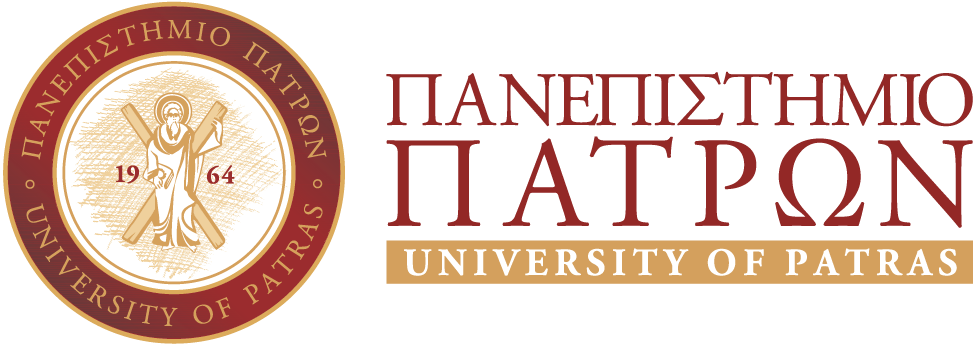Course : Biofluid Mechanics
Course code : EE953
Ellective - D. Mavrilas, G. Athanasiou, G. Michanetzis, K. Moustakas
Course Description

Aims & Objectives:
- To provide the student with basic knowledge, concepts and problems of fluid and solid mechanics necessary for the analysis of blood flow in the macro and microcirculation, and to other physiological flows.
Learning outcomes & Competences:
The students will be able to:
- Describe the mechanics of cardiovascular blood flow and apply fluid mechanic flow models to flow in tubes.
- Understand physiologically relevant fluid and solid mechanics.
- Understand fluid and solid mechanics that are pertinent to blood flow in the heart and blood vessels.
- Apply fluid mechanical analyses relevant to biomedical engineering problems.
- Conduct fluid mechanical analyses of human circulation, primarily applied to blood flow at the arterial level.
- Conduct fluid mechanical analyses of vascular implants (e.g., prosthetic valves) and measurements in the cardiovascular system.
- Understand and analyze velocity measurement techniques relevant to blood flow (e.g., MRI, Ultrasound, Doppler).
Prerequisites
- Basic knowledge from topics of biomechanics, fluid mechanics, human circulation,cardiovascular system.
Agenda
Due day
Course event
System event
Personal event
Announcements
All announcements...-
Friday, April 26, 2024 at 1:25 PM
-
Wednesday, April 17, 2024 at 10:05 AM
-
Thursday, April 4, 2024 at 11:35 AM
-
Tuesday, April 2, 2024 at 3:18 PM
-
Tuesday, March 26, 2024 at 12:47 PM
